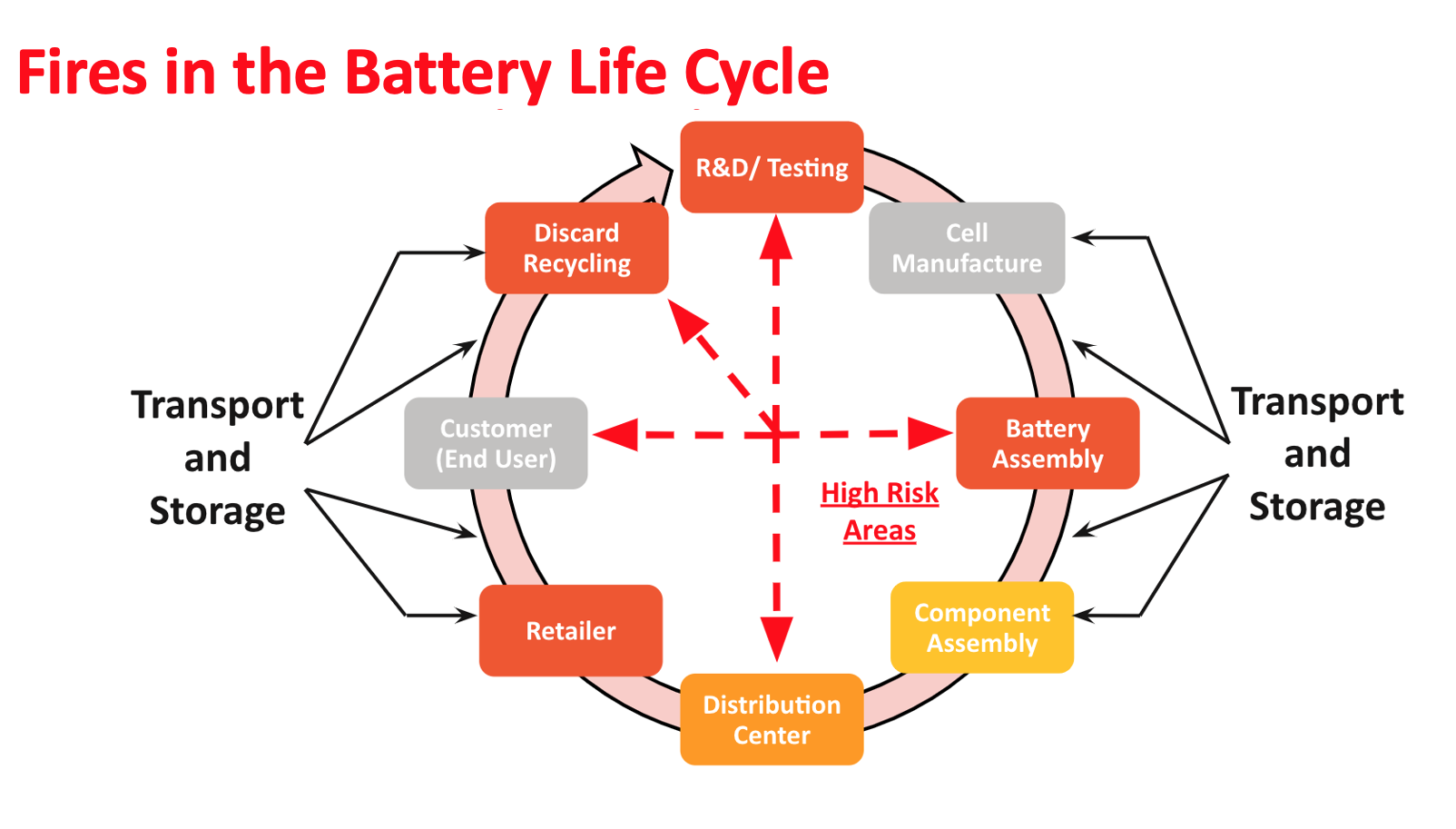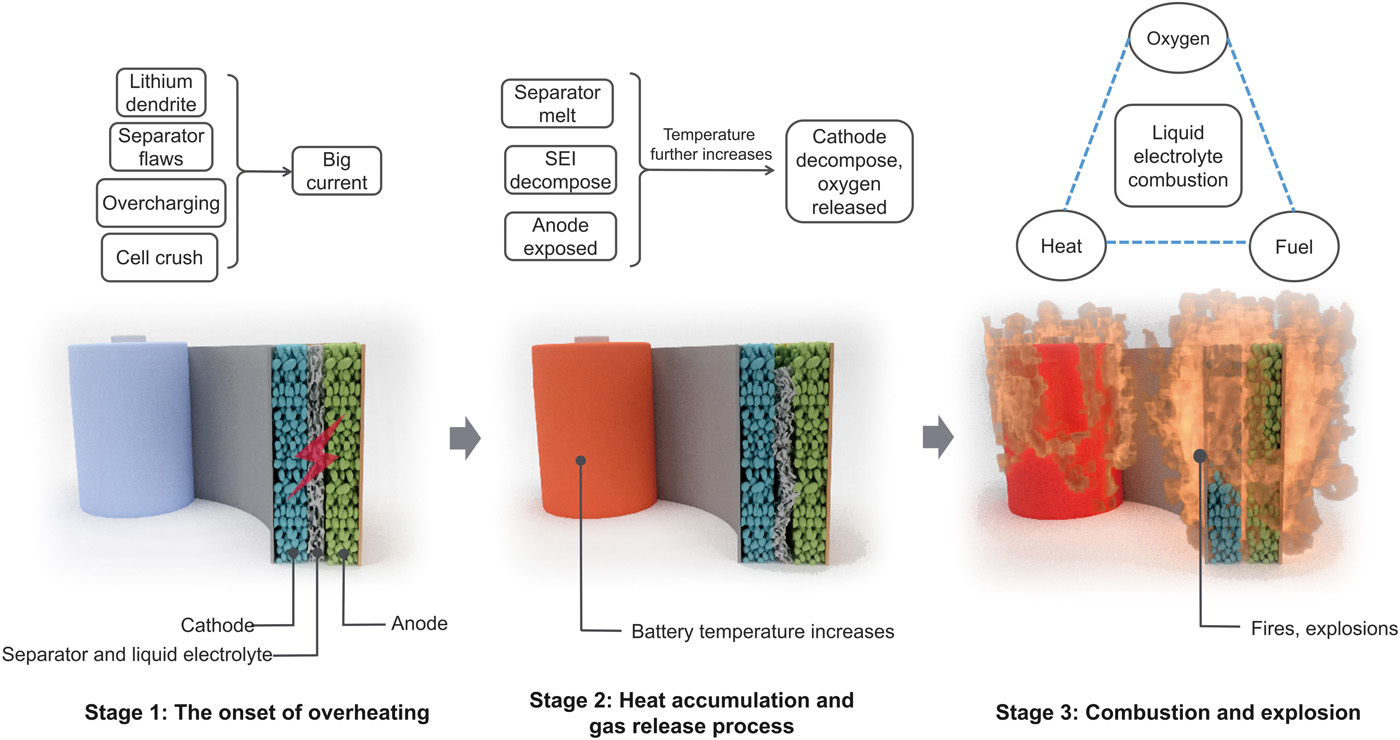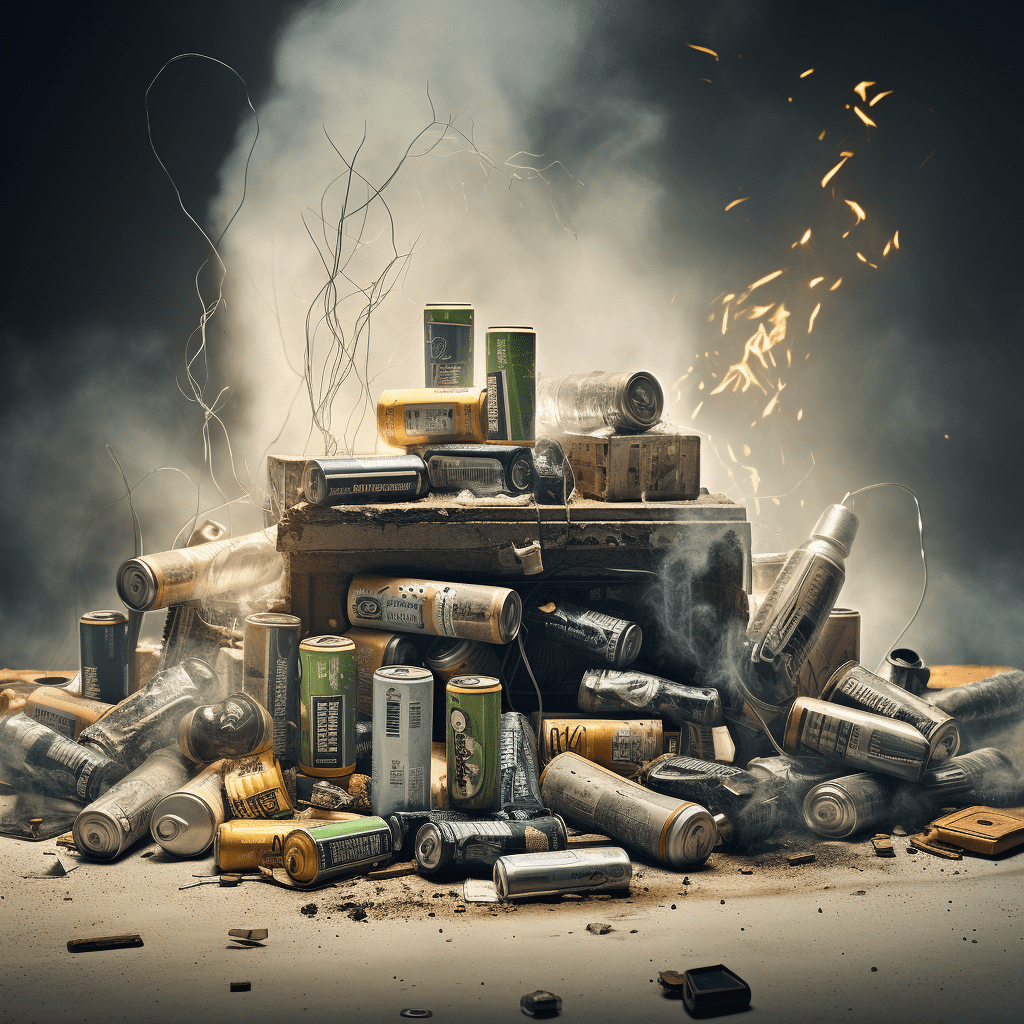Lithium-ion (Li-ion) batteries have become an integral part of our modern lives, powering a wide range of devices and applications. However, it is important to be aware of the fire risk associated with these batteries and the pressing need for stricter regulations to ensure their safe use and disposal. In this article, we will delve into the factors that contribute to the fire risk of lithium-ion batteries and explore the significance of implementing stronger regulations in the industry.
Recent incidents of battery fires and explosions have highlighted the importance of ensuring the safe use and disposal of lithium-ion batteries. In 2016, for example, Samsung was forced to recall millions of Galaxy Note 7 smartphones after reports of the devices catching fire. More recently, electric vehicle maker Tesla has faced scrutiny over battery fires in some of its vehicles.

The Fire Risk of Lithium-Ion Batteries
Lithium-ion batteries offer high energy density, reliability, and long cycle life. However, certain conditions can lead to thermal runaway, a self-perpetuating reaction that can cause the battery to overheat rapidly. The key factors contributing to the fire risk of lithium-ion batteries include:
Overcharging
Overcharging a lithium-ion battery can cause excessive heat buildup and lead to thermal runaway. This can occur when the battery is left connected to a charger for extended periods or when incompatible chargers are used.
Physical Damage
Physical damage to the battery, such as punctures or impacts, can compromise the internal structure and trigger a short circuit, potentially resulting in a thermal event.
High Temperatures
Exposure to high temperatures, whether during operation or storage, can accelerate the aging process of lithium-ion batteries, making them more prone to thermal runaway and fire.
Manufacturing Defects
In rare cases, manufacturing defects, such as impurities or inconsistent electrode materials, can increase the likelihood of thermal runaway and pose a fire risk.
The Need for Stricter Regulations
To mitigate the fire risk associated with lithium-ion batteries, there is a growing consensus on the need for stricter regulations. These regulations aim to establish standardized safety measures throughout the lifecycle of lithium-ion batteries. Key aspects include:
Battery Design and Manufacturing
Implementing stringent quality control standards and guidelines to ensure the safe design and manufacturing of lithium-ion batteries. This includes rigorous testing protocols, electrode material standards, and improved manufacturing processes to minimize the risk of defects.
Battery Safety Features
Requiring the incorporation of enhanced safety features in lithium-ion batteries, such as thermal sensors, circuit protection, and reliable venting mechanisms, to detect and mitigate potential thermal runaway events.
Transportation and Storage Guidelines
Establishing comprehensive guidelines for the safe transportation and storage of lithium-ion batteries, including proper packaging, handling, and storage practices to prevent physical damage and minimize the risk of fire incidents during transit.
Disposal and Recycling Protocols
Developing robust protocols for the proper disposal and recycling of lithium-ion batteries to minimize environmental impact and prevent the release of hazardous materials.

The Role of Redway Battery in Safety
Redway Battery, a renowned custom lithium battery manufacturer, understands the critical importance of prioritizing safety in battery solutions. Through rigorous quality control processes, adherence to industry standards, and ongoing research and development efforts, Redway Battery is committed to delivering safe and reliable lithium-ion batteries.
Conclusion
Lithium-ion batteries offer significant benefits but also come with inherent fire risk if not handled properly. The adoption of stricter regulations is essential to ensure the safe use and disposal of these batteries. By implementing standardized safety measures, enhancing battery design and manufacturing practices, and promoting responsible handling and recycling, we can mitigate the fire risk associated with lithium-ion batteries and continue to harness their potential in a safe and sustainable manner. Through collaboration between industry stakeholders, regulatory bodies, and manufacturers like Redway Battery, we can make significant strides towards a safer lithium-ion battery ecosystem.


